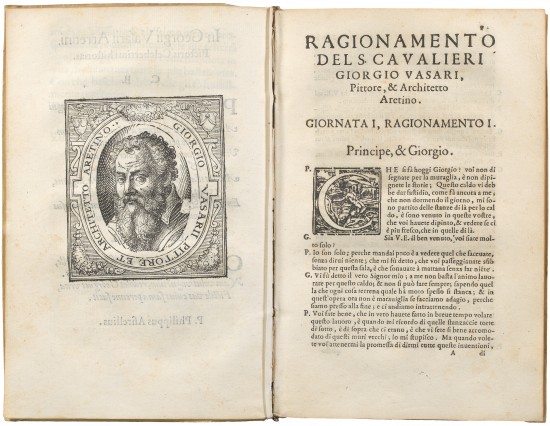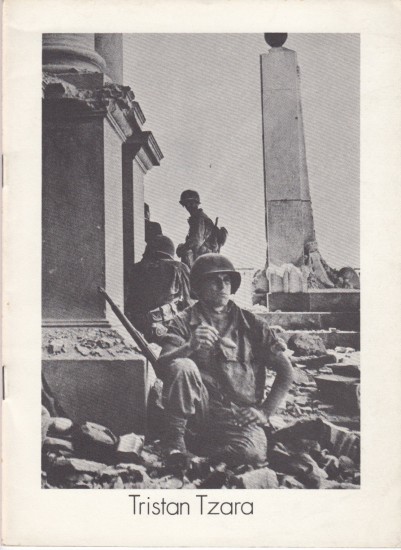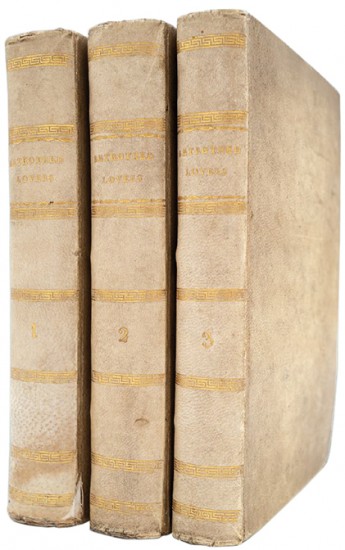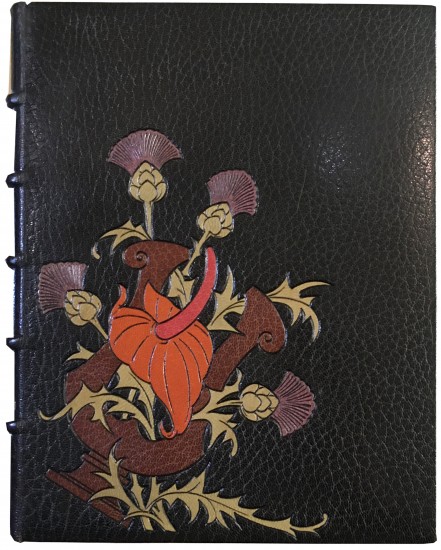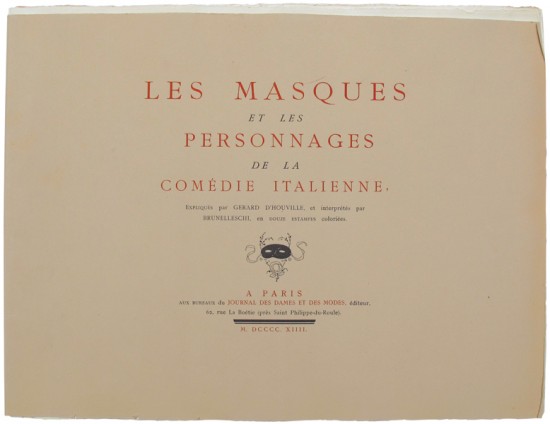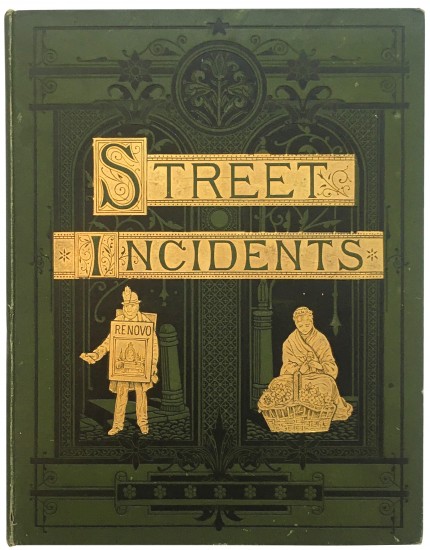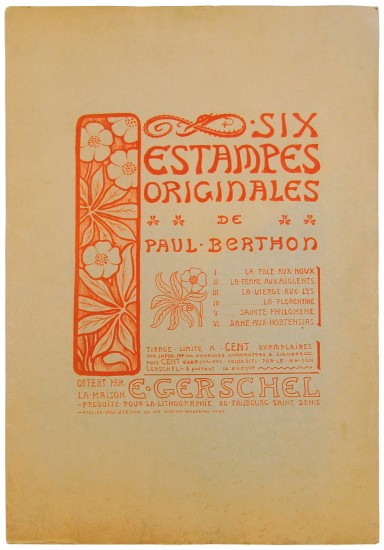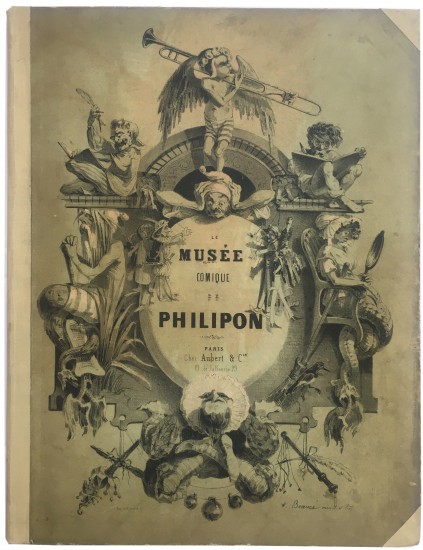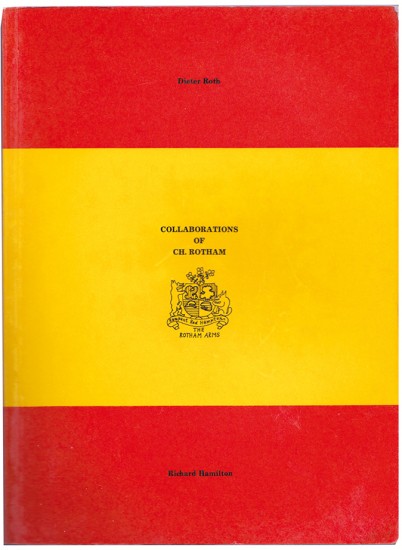Ragionamenti Del. Sig. Cavaliere Giorgio Vasari Pittore et Architetto Aretino. Soprale Inuentioni da lui Dipinte in Firenze nel Palazzo di loro Altezze Serenissime
Vasari, Giorgio
Florence. Appresso Filippo Giunti. 1588
Sold
First edition of Vasari's analysis of the iconography of his own paintings for the Palazzo Vecchio in Florence.
Giorgio Vasari (1511 - 1574) had begun working in the Palazzo Vecchio in 1555 and wrote his 'Ragionamenti' in manuscript form in the late 1550s. It is known that he took a draft to Rome with him in 1560 and that it was read by Michelangelo and Annibale Caro, as well as Cosimo Medici (then the Duke of Florence), his son Francesco and very likely the dedicatee of the published edition, Francesco's brother and successor, Ferdinand. Vasari's original manuscript is now in the Uffizi in Florence.
Vasari had intended to publish the 'Ragionamenti', possibly with illustrations, and announced its imminent appearance in the autobiography he published in the 1568 (second) edition of his 'Vite', but the work did not appear in his lifetime. This first edition was published posthumously by Vasari's nephew, also Giorgio (1562 - 1625), with his own dedication to Ferdinand Medici and laudatory verses by Pietro Filippo Assirelli but retaining the dialogue format (between Vasari and Cosimo's son Francesco) of Vasari's original manuscript. Although Vasari's finished paintings differ from their descriptions in the 'Ragionamenti', the work is both a highly important source and a highly unusual work in the context of sixteenth-century painting. Few other texts (and perhaps only Zucchi's 'Discorso' also published posthumously in 1602) in the cinquecento make any analysis of an artist's own work in his own words.
'Questi dialoghi, in numero di sette (corrispondenti alle singole sale), e che hanno luogo fra il Principe (Francesco de Medici) e lo stesso autore, sono molto significativi per il tempo del Vasari e contengono una quantita di ammaestramenti sull'iconografia del periodo manieristico … '. (Schlosser - Magnino).
'The Ragionamenti of Giorgio Vasari, describing his paintings in the Palazzo Vecchio in Florence, the Medici ducal palace, is a leading example of a sixteenth-century publication in which the author describes in extenso his own works, explicating the inventions and, at times, the artistry that lie behind them, as well as documenting the iconographic programme which he has followed.' (Charles Davis).
[Cicognara 225; Brunet V, 1097; see 'La Letteratura Artistica' by Julius Schlosser-Magnino; see 'Vasari's 'Castration of Caelus': Invention and Programme' by Charles Field].
Giorgio Vasari (1511 - 1574) had begun working in the Palazzo Vecchio in 1555 and wrote his 'Ragionamenti' in manuscript form in the late 1550s. It is known that he took a draft to Rome with him in 1560 and that it was read by Michelangelo and Annibale Caro, as well as Cosimo Medici (then the Duke of Florence), his son Francesco and very likely the dedicatee of the published edition, Francesco's brother and successor, Ferdinand. Vasari's original manuscript is now in the Uffizi in Florence.
Vasari had intended to publish the 'Ragionamenti', possibly with illustrations, and announced its imminent appearance in the autobiography he published in the 1568 (second) edition of his 'Vite', but the work did not appear in his lifetime. This first edition was published posthumously by Vasari's nephew, also Giorgio (1562 - 1625), with his own dedication to Ferdinand Medici and laudatory verses by Pietro Filippo Assirelli but retaining the dialogue format (between Vasari and Cosimo's son Francesco) of Vasari's original manuscript. Although Vasari's finished paintings differ from their descriptions in the 'Ragionamenti', the work is both a highly important source and a highly unusual work in the context of sixteenth-century painting. Few other texts (and perhaps only Zucchi's 'Discorso' also published posthumously in 1602) in the cinquecento make any analysis of an artist's own work in his own words.
'Questi dialoghi, in numero di sette (corrispondenti alle singole sale), e che hanno luogo fra il Principe (Francesco de Medici) e lo stesso autore, sono molto significativi per il tempo del Vasari e contengono una quantita di ammaestramenti sull'iconografia del periodo manieristico … '. (Schlosser - Magnino).
'The Ragionamenti of Giorgio Vasari, describing his paintings in the Palazzo Vecchio in Florence, the Medici ducal palace, is a leading example of a sixteenth-century publication in which the author describes in extenso his own works, explicating the inventions and, at times, the artistry that lie behind them, as well as documenting the iconographic programme which he has followed.' (Charles Davis).
[Cicognara 225; Brunet V, 1097; see 'La Letteratura Artistica' by Julius Schlosser-Magnino; see 'Vasari's 'Castration of Caelus': Invention and Programme' by Charles Field].
[106 leaves; pp. (viii), 186, (viii), (x)]. 8vo. (224 x 150 mm). Printed title with woodcut vignette, 2 leaves with dedication to Ferdinand Medici, leaf with verses celebrating Vasari with woodcut portrait of Vasari verso, Vasari's text written in the form of a dialogue, 8 leaves with analysis of the iconography of the fresco for the duomo in Florence, two indices, errata and colophon and register with woodcut vignette verso. Decorative woodcut initials and tail-pieces throughout, pp. 94 / 95 misnumbered 95 / 94. Contemporary limp vellum, front and rear covers with gilt border with floral tools at corners and central floral vignette, title to spine in manuscript.
#44668
